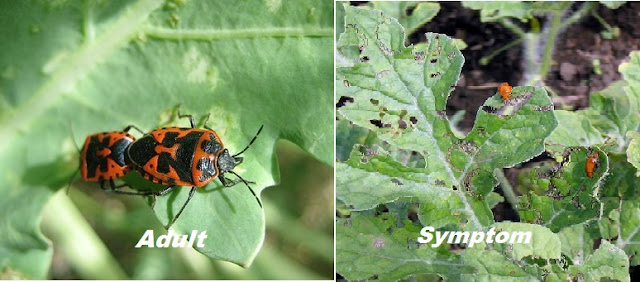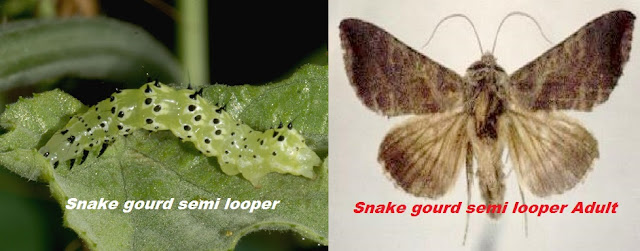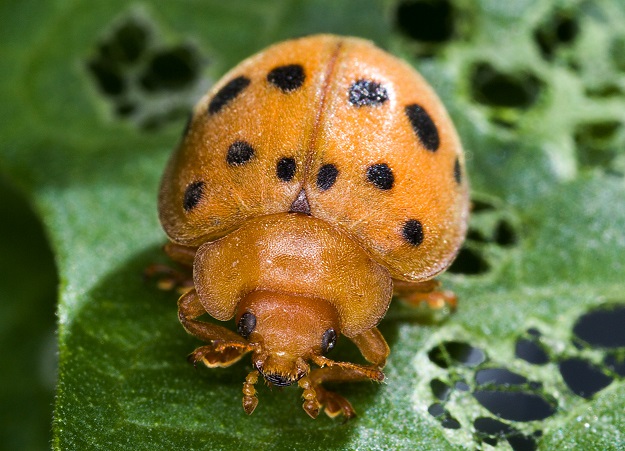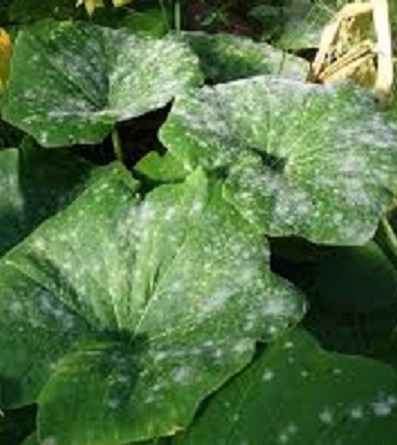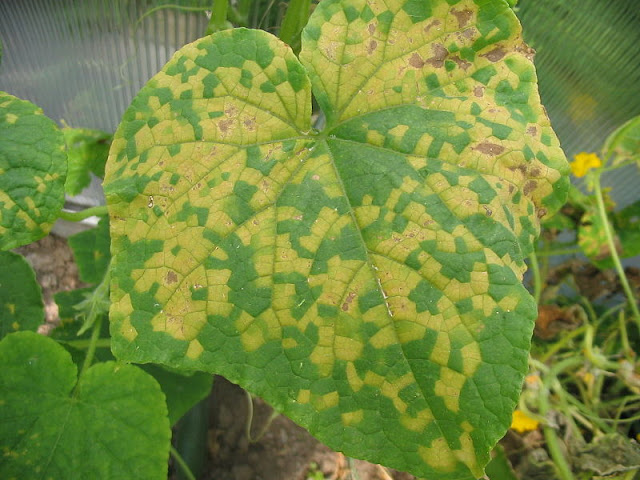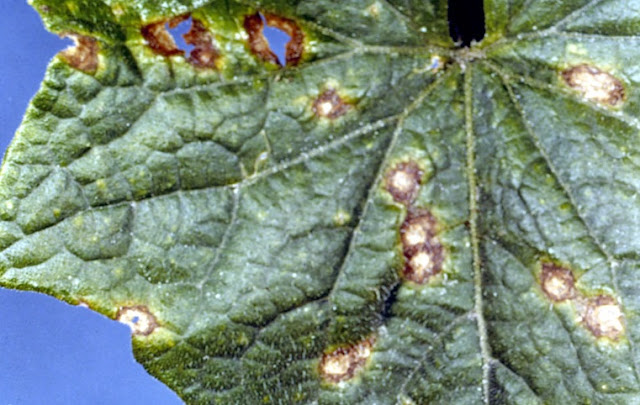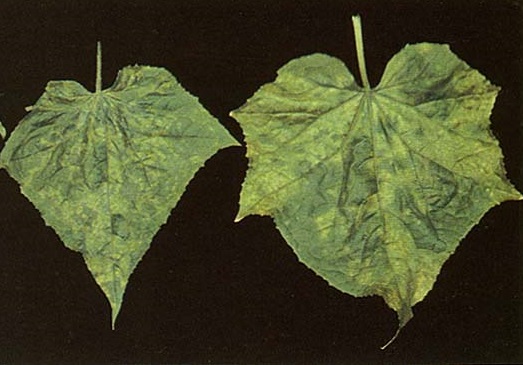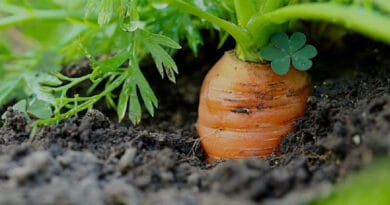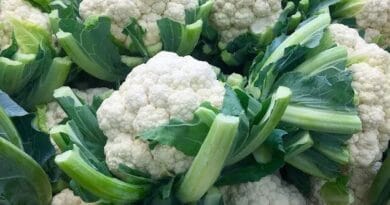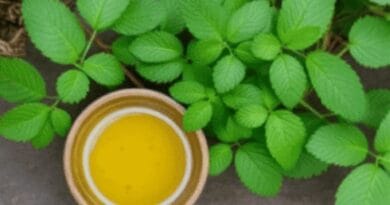Disease and pest of cucurbitaceous crops
Important Diseases and pests of cucurbitaceous crops
(A) Insect pests of cucurbitaceous crops ;
1. Red pumpkin beetle ( Aulacophora foveicollis Fb );
It is a most serious insect pest of cucurbits. The larvae and adults of this pest cause damage by eating away the young leaves and flowers at the seedling and flowering stages, respectively. The grub bores into the roots, and fruits lie on the ground and pupate in the soil.
Control measures
(1) Handpicking and dusting keratinized ash is the most common pest control method.
(2) Spraying the crop with Malathion 50 EC at 500 ml/ha or dimethoate 30 EC 500 ml or methyl demeton 25 EC @ 500 ml/ ha
2. Fruit fly (Dacus cucurbitae coq.)
The maggots of this pest bore into the fruit and feed on the pulp,, which starts to rot.
(1) Collection and destruction of all infested fruits in the field will help in minimizing the damage to the crop.
(2) Dusting the crop with Malathion or Dipterex powder in the affected field will help in controlling adult fly.
(3) Use of bait traps prepared from protein hydrolyzate @ 450 gm, malathion or Dipterex water dispersible powder (25 percent) @ 450 gm, and water @ 1 gallon is most effective in controlling this pest.
3. Snake gourd semi-looper [ Plusia peponis (F).]
A whitish-green semi-looper cuts the leaf from the edge and makes a nest with the cut portion on the leaf and pupates inside the nest.
(2) Spraying the crop with Malathion 50 EC or Dichlorovos (Nuvan, Vapona, etc.) @ 2 ml per liter of water can control this pest.
4. Leaf-eating beetle (Epilachna sp.)
The beetle and grubs feed on the leaves and other tender parts, leading to a considerable reduction in the yield
(B) Diseases of Cucurbitaceous Crops
1. Powdery Mildew
Tiny white superficial spots appear on leaves and stems and become powdery on enlarging. Due to the attack of this disease, premature defoliation occurs, and plants remain stunted in growth. The fruits do not set or remain smaller in size
Control measures
(1) This disease can be controlled by dusting sulfur (sulfex), or spraying Karathane or Morestan at 2 ml per liter of water.
(II) Systemic fungicides Nimrod at 0.05 percent, Saprol at 0.1 percent, Calixin at 0.04 percent, and Benlate at 0.05 percent gave better control of powdery mildew in cucurbits.
2. Downy mildew
C.O.: Pseudoperonospora cubensis.
Purplish spots appear on the lower surface and yellow spots on the upper surface of leaves; fruits do not mature or do not attain the right flavor.
Control measures
Application of fungicidal spray (such as Dithane Z-78, Dithane M-45. Blitox, etc.) once a week helps to control this disease.
3. Anthracnose
C.O. : Collectotrichum lagenari
Watermelon, muskmelon, and cucumber are mainly affected by this disease. Light brown spots are formed on leaves, which turn
and then to red, and the leaves present a scorched appearance. Circular oval sunken lesions develop on the diseased infected fruits, and the fruits rot later on.
Control measures
Crop rotation with the non-cucurbit crop, use of disease-free seeds, seed treatment, and spraying or dusting of fungicides are the recommended control measures of this disease.
4. Fusarium root rot
C.O. : Fusarium solani & F. cucurbitae.
Sudden midseason wilt; the base of the stem becomes dark brown with a soft, mushy cortical wilt; fruits rot; young seedlings damping off.
Control measures
Crop rotation and seed treatment with hot water at 55°C for 15 minutes followed by treatment with mercuric chloride (1 in 1000) are the recommended control measures for this disease.
5. Mosaic
C.O.: Virus.
Mottled leaf with a roughened surface occurs. The green color is completely lacking in fruit. In severe cases, the plants are yellow and stunted, bearing little or no fruit. Aphids transmit this disease.
Control measures
Grow resistant varieties and spray the crop with dimethoate (Rogor 30 EC), methyl Parathion (Metacid 50 EC), or oxydemeton methyl (Metasystox 25 EC) at 1 ml per liter of water used for controlling the insect vector.
